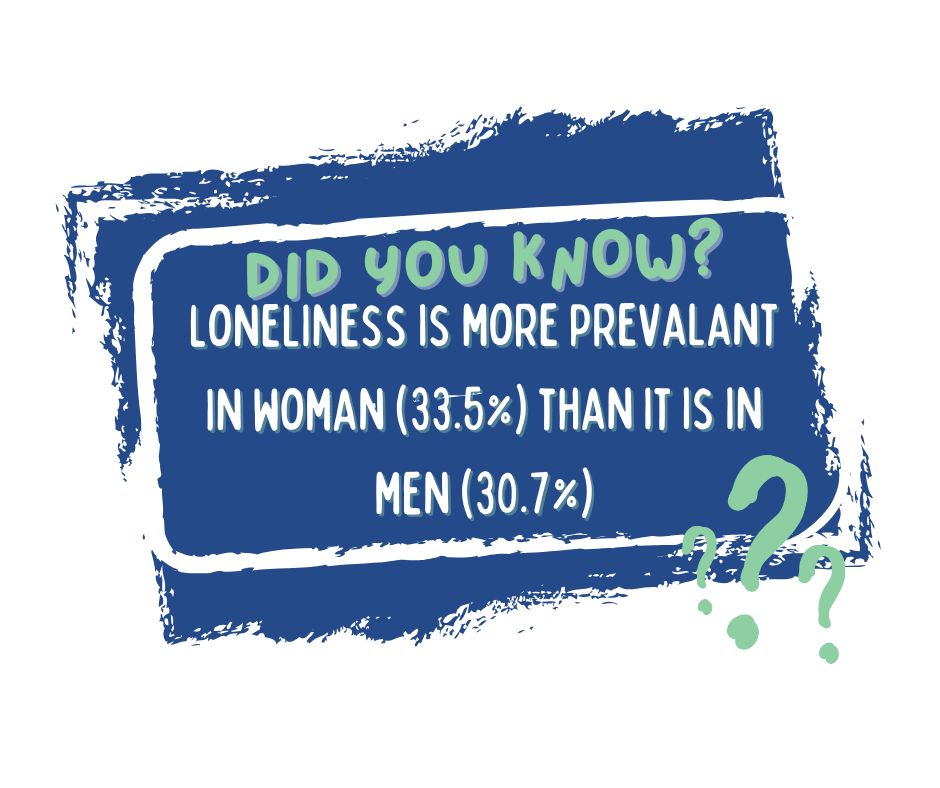How to Deal with Loneliness: 10 Proven Steps to Feel More Connected
How to Deal with Loneliness: Loneliness affects millions of people worldwide, causing emotional pain and stress in their daily lives. Many struggle with feeling disconnected from others, even when surrounded by people.
The most effective ways to deal with loneliness include reaching out to friends and family, joining social groups, practicing self-care, and seeking professional help when needed. These proven strategies can help create meaningful connections and reduce feelings of isolation.
Small steps make a big difference in fighting loneliness. Taking action like volunteering, pursuing hobbies with others, or joining online communities leads to new friendships and a stronger sense of belonging. These connections build a support network that helps people thrive.
Understanding Loneliness
Loneliness affects millions of people worldwide and can have serious impacts on mental and physical health. Research shows that feeling lonely is different from being alone and recognizing these differences helps people take positive steps to address them.
Defining Loneliness
Loneliness is the gap between desired social connections and actual relationships. It’s a feeling of disconnection that can exist even when surrounded by others.
Physical isolation is different from emotional loneliness. Someone can be alone yet feel content, while another person might feel lonely in a crowd.
Scientists classify loneliness into three main types: social, emotional, and existential. Social loneliness comes from lacking friends or community. Emotional loneliness stems from missing deep connections. Existential loneliness relates to feeling disconnected from life’s meaning.
Causes of Loneliness
Life changes often trigger feelings of loneliness. Moving to a new city, ending a relationship, or changing jobs can disrupt social networks.
Digital technology plays a complex role. Social media can make people feel more isolated despite being “connected” online.
Common triggers of loneliness:
- Loss of important relationships
- Working remotely
- Living alone
- Social anxiety
- Major life transitions
- Health problems that limit social interaction
Personality traits like introversion or high sensitivity can make some people more prone to feeling lonely. Cultural and societal factors, such as increased mobility and changing family structures, also contribute to rising loneliness rates.

Practical Strategies to Combat Loneliness: How to Deal with Loneliness
Taking action through meaningful activities and connections helps reduce feelings of loneliness. Simple daily practices create positive changes in mental wellbeing and social relationships.
Cultivating Social Connections
Start with small steps to build relationships. Text or call one friend or family member each day to maintain contact.
Join online communities focused on shared interests like reading, gaming, or fitness. These groups provide a low-pressure way to meet people with similar hobbies.
Make an effort to have brief conversations with neighbors or local shop workers. These small interactions add up and create a sense of community.
Schedule regular video calls with long-distance friends or relatives. Setting specific dates makes staying in touch more consistent.
Engaging in Social Activities
Sign up for group classes at local community centers. Options include art workshops, fitness classes, or cooking lessons.
Volunteer at organizations that match your values. Animal shelters, food banks, and environmental groups often need help.
Join a recreational sports league or walking group. Physical activity combined with socializing provides double benefits.
Look for meetup groups focused on specific interests like board games, hiking, or book discussions. These structured activities make socializing feel more natural.
Embracing Solitude
Learn to enjoy time alone through mindful activities. Reading, journaling, or practicing a hobby can be fulfilling solo pursuits.
Create comfortable spaces at home for relaxation. A cozy reading nook or peaceful garden spot provides a pleasant environment.
Practice self-care routines like meditation, gentle exercise, or taking relaxing baths. These activities promote emotional balance.
Use alone time to develop new skills or explore interests. Take online courses, learn an instrument, or try creative projects.
Maintaining Emotional Health
Taking care of emotional well-being helps combat feelings of loneliness and creates a foundation for better mental health. Good emotional health practices build resilience and self-awareness.
Mindfulness and Self-Compassion
Daily mindfulness practices like deep breathing and meditation reduce stress and anxiety. These techniques help people stay present in the moment rather than dwelling on feelings of isolation.
Self-compassion involves treating oneself with the same kindness shown to good friends. People can practice self-compassion by writing positive self-statements or keeping a gratitude journal.
Regular mindfulness breaks throughout the day create space for emotional processing. Even 5 minutes of quiet reflection can help reset negative thought patterns.
Physical activities like yoga or gentle stretching combine mindfulness with movement. These practices ground people in their bodies while calming racing thoughts.
Seeking Professional Support
Mental health professionals provide valuable tools and strategies for managing loneliness. Therapists help identify unhelpful thinking patterns and develop healthier coping skills.
Support groups connect people with others facing similar challenges. Groups offer a safe space to share experiences and learn from others’ journeys.
Many therapists now offer online sessions, making support more accessible. Virtual therapy provides flexibility while maintaining professional guidance.
Insurance often covers mental health services, and many providers offer sliding scale fees. Community health centers frequently provide low-cost counseling options.
Long-Term Considerations
Creating lasting changes to combat loneliness requires consistent effort and meaningful personal growth. Regular social connections and engaging activities form the foundation of a fulfilling life, and a key pillar in how to deal with loneliness.
Building a Supportive Community
Join local groups or clubs that meet regularly. Pick activities that align with personal values and interests, such as book clubs, sports teams, or volunteer organizations.
Make an effort to maintain existing relationships through regular contact. Schedule weekly coffee dates, monthly dinners, or video calls with friends and family members.
Connect with neighbors by participating in community events or starting a neighborhood group. These local connections provide valuable face-to-face interactions and potential emergency support.
Developing Personal Interests and Hobbies
Take classes to learn new skills like cooking, painting, or playing a musical instrument. Group learning environments naturally create opportunities for social interaction while building competence.
Start with one or two hobbies that feel genuinely exciting. Focus on activities that can be done both alone and in groups, such as hiking, photography, or gardening.
Join online communities related to these interests. Many virtual groups organize local meetups, creating bridges between online and real-world connections.
Consider adopting a pet if circumstances allow. Pets provide companionship and can lead to interactions with other pet owners during walks or at the park.
Frequently Asked Questions Related to How to Deal with Loneliness
Loneliness affects people of all backgrounds, and there are specific solutions for different situations, from relationship challenges to personal growth opportunities.
What are effective strategies for coping with loneliness in a relationship?
Partners can schedule dedicated quality time together, free from distractions like phones or TV.
Open communication about feelings and needs helps build emotional intimacy and connection.
Sharing new experiences or hobbies together creates opportunities for bonding and mutual growth.
What methods can help someone overcome feelings of rejection and isolation?
Practicing self-compassion reduces negative self-talk and builds emotional resilience.
Joining support groups connects people with others who share similar experiences.
Setting small social goals, like saying hello to neighbors, creates manageable steps toward connection.
Why do individuals experience a persistent sense of loneliness?
Life transitions like moving, changing jobs, or ending relationships can trigger feelings of isolation.
Past experiences of rejection or trauma might make people hesitant to form new connections.
Some people have a genetic predisposition to feel more lonely than others.
What steps can one take to accept and be at peace with solitude?
Developing enjoyable solo activities creates positive experiences when alone.
Mindfulness practices help people stay present and find peace in quiet moments.
Reframing alone time as an opportunity for self-discovery changes its emotional impact.
How can people address loneliness issues specific to their gender?
Men often benefit from activity-based friendships through sports or shared interests.
Women may find support through deeper emotional connections in small group settings.
Gender-specific support groups provide safe spaces to discuss unique challenges.
What can someone do to combat loneliness without relying on social connections?
Caring for pets creates meaningful bonds and provides emotional support.
Regular exercise releases endorphins that improve mood and emotional well-being.
Creative activities like art, writing, or music offer emotional expression and fulfillment.
You’re not alone, and help is always within reach. Contact us today at (774) 619-7750 and take control over your mental health.




